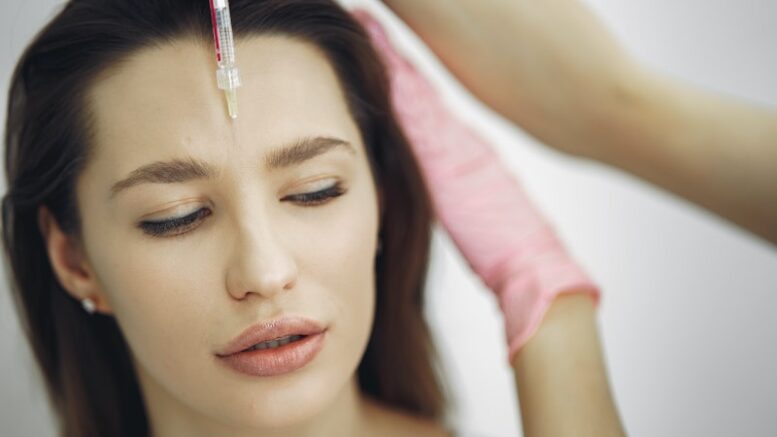Fine lines and wrinkles don’t necessarily mean you’re getting old. They usually develop in your mid-thirties to early forties due to repetitive movements carried out by the surface of your skin such as around your mouth when you smile and your forehead when you frown. As time goes on, your skin loses its elasticity and is unable to bounce back causing the fine lines to develop into wrinkles. Fortunately, Botox Tunbridge Wells can make your lines and wrinkles disappear, making your skin look young and refreshed once again.
What is Botox?
Botox (botulinum toxin) is the most common cosmetic injectable used to treat fine lines and wrinkles. It works by releasing the toxin to prevent certain muscles from moving thus causing the skin to look tighter and smoother. Botox shots block chemical signals from the nerves that a responsible for causing muscles to contract. This is why we find they are most commonly used to relax facial muscles that cause you to smile and frown.
What can Botox help treat?
While a popular area to use Botox is the face, this is not the only area of the body that can receive Botox shots. Additionally, Botox helps to treat a variety of medical conditions such as:
- Neck spasms – neck muscles sometimes contract in an uncontrolled manner causing pain and discomfort; they can cause your head to twist into uncomfortable positions. Botox stiffens these muscles which in turn stops the spasms from occurring.
- Lazy eyes – a lazy eye is most commonly caused by an imbalance of the muscles used for moving the eye
- Sweating
- Migraines
- Bladder problems

The process
Receiving Botox is not usually a painful procedure; however, you may feel more comfortable by asking your dentist to apply a local anaesthetic to the treated area beforehand in order to numb your skin. The dentist will then proceed to inject tiny amounts of the toxin into your skin or muscles using a thin needle. They may sometimes require the help of an ultrasound to guide the needle into the correct area. The number of Botox shots you require in one treatment area is dependent on the size of the area. After the treatment is complete, it is best to avoid rubbing or massaging the treatment area for at least twenty-four hours. Additionally, try not to lie down for two to four hours after the treatment is complete.
Risks
As with all cosmetic procedures, Botox comes with its risks and so it is highly important to have a consultation with your dentist beforehand and come to an agreement on whether Botox is the correct solution for you. Risks associated with Botox include:
- Pain or swelling on the injection site
- Infection at the injection site
- Droopy eyelids
- Headaches
- Drooling from the mouth
- Watery or dry eyes
- Spread of Botox to undesired area of the body
Your doctor will advise you on what precautions you should take post-treatment in order to avoid any of these risks from occurring; however, in the rare occasion that they do occur, it is best to seek medical advice as soon as possible. It is also important to note that Botox is not a permanent solution to your condition, and regular top-ups are required in order to maintain the effects.
